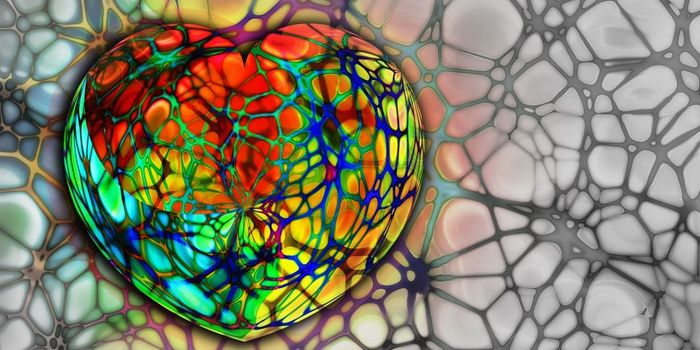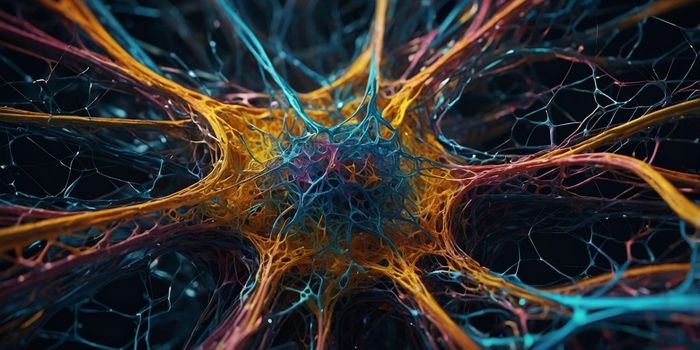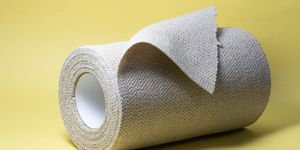Intense Physical Activity Staves off Pain in Old Age
High levels of physical activity at least once a week, such as playing tennis, running, or swimming, may stave off chronic musculoskeletal pain in old age. The corresponding study was published in PLOS ONE by researchers at the University of Portsmouth, UK.
Around 50.2 million people in the US- 20.5% of the county’s population- suffer from chronic pain. It is also among the most common causes of work absenteeism, accounting for $300 billion of lost productivity each year.
While physical activity has previously been linked to a reduced risk of musculoskeletal pain complaints, there has been little research on its specific impact on older adults with regard to pain.
In the present study, researchers examined data from the English Longitudinal Study of Aging, comprising of 5,802 people aged 50. Data included self-reported information on physical activity levels and experience of any bone, joint, or muscle pain. They also collected data on demographic variables including age, physical activity level, BMI, wealth quintile, and gender.
By the end of the study, 2461 participants reported having frequent musculoskeletal pain ten years after joining the study.
From analyzing the data, the researchers found that all kinds of physical activity- from light activity such as laundry and vacuuming to moderate activity such as dancing and walking, and more intense activity such as running- were linked to fewer complaints of musculoskeletal pain over the whole study period.
Furthermore, those who were in the three wealthiest quintiles were less likely to suffer from chronic pain. Meanwhile, those who were female, overweight, or obese were more likely to suffer from musculoskeletal pain.
The researchers next analyzed the influence of physical activity on developing musculoskeletal pain among 3704 participants who were pain-free at the start of the study. Of these people, 1058 reported being frequently troubled by musculoskeletal pain 10 years into the study.
From this analysis, however, they found that only those who engaged in high levels of physical activity were less likely to develop pain after 10 years.
“Such activity—any activity—does help people stay well and feel better than not exercising, but mild exercise does not appear to have a long-term effect on the development of chronic pain,” said Dr. Nils Niederstrasser, lead author of the study, “Activity needs to not only be vigorous, it needs to be done at least once a week. A person who cycles, for example, once a month and whose only other activity was light housework would still be classed as sedentary.”
The researchers hope that their findings will encourage the inclusion of regular vigorous physical activity in programs to help people avoid chronic pain. They also hope their results will inspire more efforts to be made to address lower-income groups.
Sources: PLOS ONE, Neuroscience News









